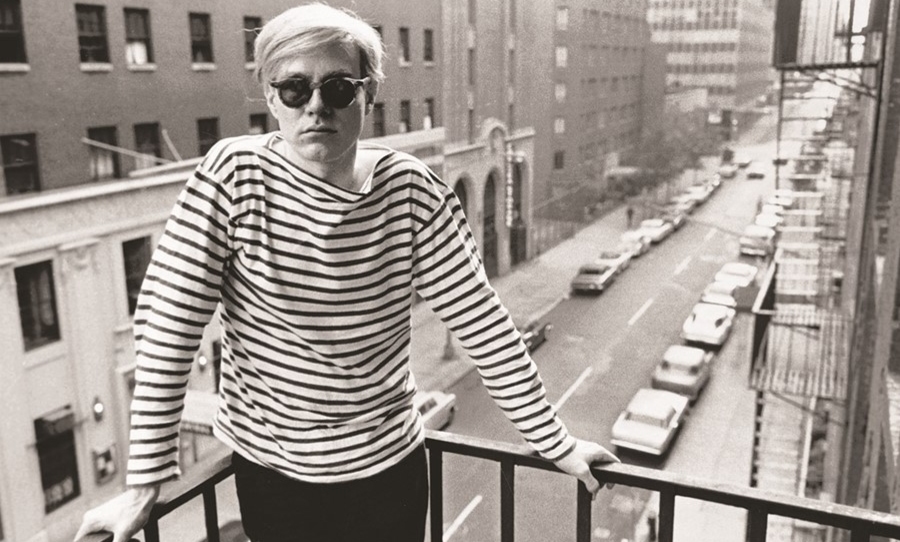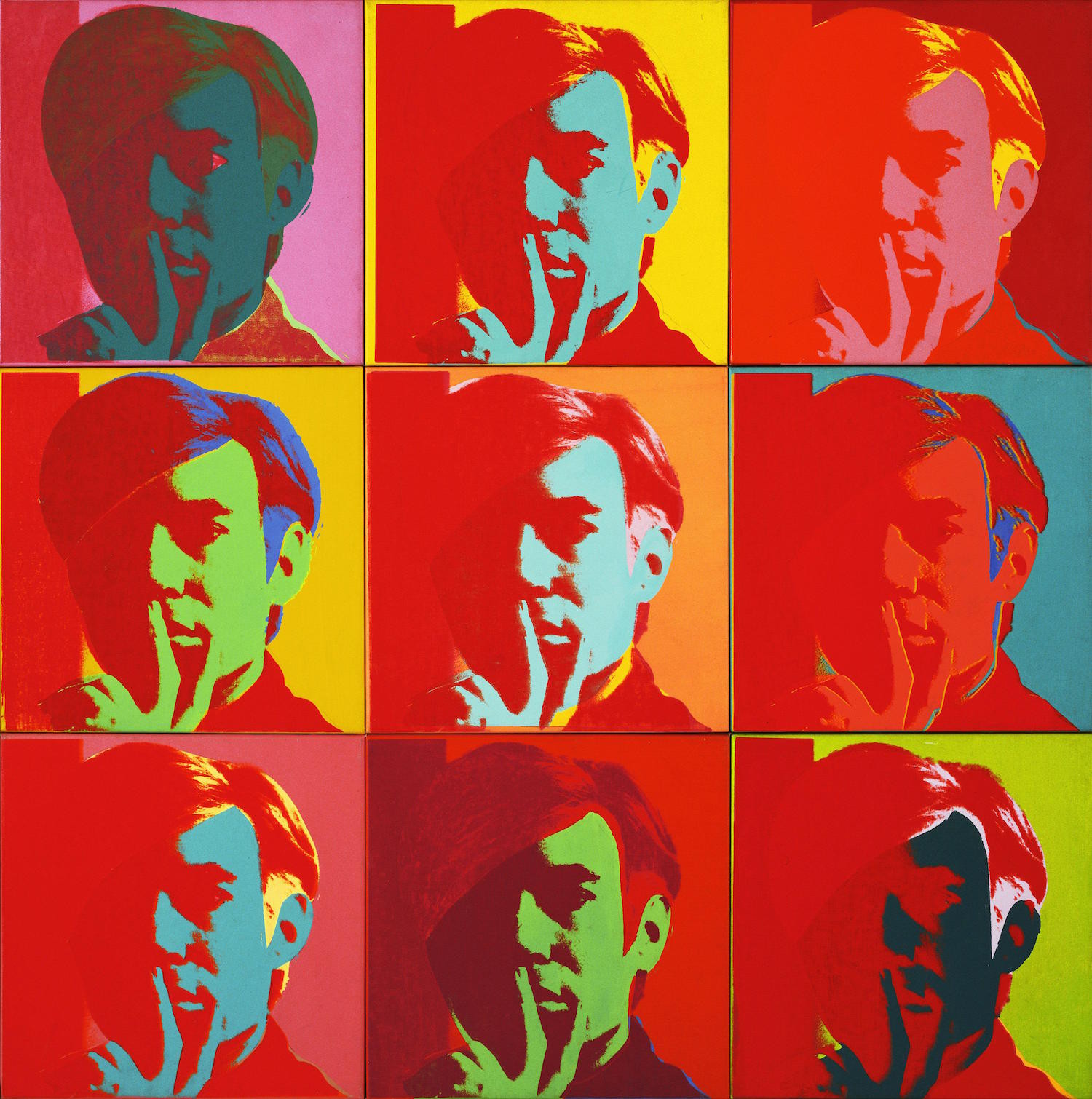Andy Warhol is one of the most formative and controversial visual artists of the 20th Century. His legacy one of cultural narrative and provocation; the relationship he fostered between his own work and the music industry is undeniable.
A dedicated and traditionally trained artist, he pushed boundaries beyond the aesthetic, toying with a fusion of satire and adoration of the American Dream. Probably most recognisable to a contemporary audience are the series of album sleeves Warhol produced across his lifetime.

A progressive renegade of the period spanning the 50s to the 80s, few artists shaped musical and pop culture like Andy Warhol.
As a son of Slovakian immigrants, Warhol’s clear obsession with identity and its fragility is evident in his work, particularly his most well known pieces, including the Campbell’s Soup Cans and The Marilyn Diptych.
Increasingly sexual and provocative, Warhol never fully disclosed his own sexuality despite wide discussion as to whether he was in fact homosexual rather than asexual as he often professed. Exploring human fragility and condition through sex and the body was the area within his work which received the most praise and similarly, rebuke.

His short films Sleep, which features John Giorno (a close friend of Warhol’s) sleeping for six hours straight, Eat, a man eating a mushroom for 45 minutes, and Kiss, a series of couples kissing, men and women in various combinations, were reflective of a deep questioning and infatuation with the human mind and vulnerability.
These pieces have been later labelled as ‘anti-film’, their silence and raw visual aesthetic shocked and provoked conversation beyond offerings of the media at the time.

Probably the most exciting and visually enigmatic element of Warhol’s career lays in the infamous Studio 54 and The Factory. These moments in history, a conversion of the great creative minds in history; Mick Jagger, Diane Von Furstenberg, Patti Smith and Lou Reed were frequently found in proximity to Warhol, feeding a machine of artistic expression which would go on to define one of the greatest eras of music, fashion and art we have ever seen.

There were however sides to Warhol’s career which often go unrecognised; we found just a few facts about this iconic creator you may not know:
- Andy Warhol’s first assignment was for Glamour magazine: an article called Success is a Job in New York.
- His favourite thing to buy was underwear.
- Warhol published an absurdist cookbook in 1959 with Suzie Frankfurth called Wild Raspberries, inspired by Ingmar Bergman’s 1957 film, Wild Strawberries.
- Warhol enjoyed eating alone, and wanted to open a chain of restaurants called ANDY-MATS — The Restaurant for the Lonely Person.
- Warhol also designed the poster for the 5th New York Film Festival.

- Warhol produced the 1975 musical Man on the Moon; John Phillips of the Mamas and the Papas wrote the book, music, and lyrics.
- His nickname and drag queen alter ego was Drella, a combination of Dracula and Cinderella.
- During the 1980s, Warhol and a group of his friends bought 2000 bottles of Dom Pérignon to be consumed on the millennium. After his death, the 2000 bottles of champagne disappeared.
- His portrait Eight Elvises eventually resold for $100 million in 2008, making it one of the most valuable paintings in world history.
- He had a nose job and believed that his choice of dying his hair grey in his 20s drew attention to the youth of his face.

Andy Warhol utterly transformed pop culture, celebrating the brash, tacky, sexy and provocative. In many ways bringing radiance to the regularity of the human existence, he glamourised the mundane and redefined the conventional America.
As Warhol himself said, “Once you ‘got’ pop, you could never see a sign the same way again. And once you thought pop, you could never see America the same way again.”

With a clear obsession with celebrity, this small town man from Pennsylvania was a founding father in modern art, an American icon and a well-loved supporter of one of the most celebrated periods in music history.
His style is instantly recognisable and will likely remain at the forefront of creative influence long into the future. Andy Warhol, you are missed.

See rare photos from inside Warhol’s Factory here.



